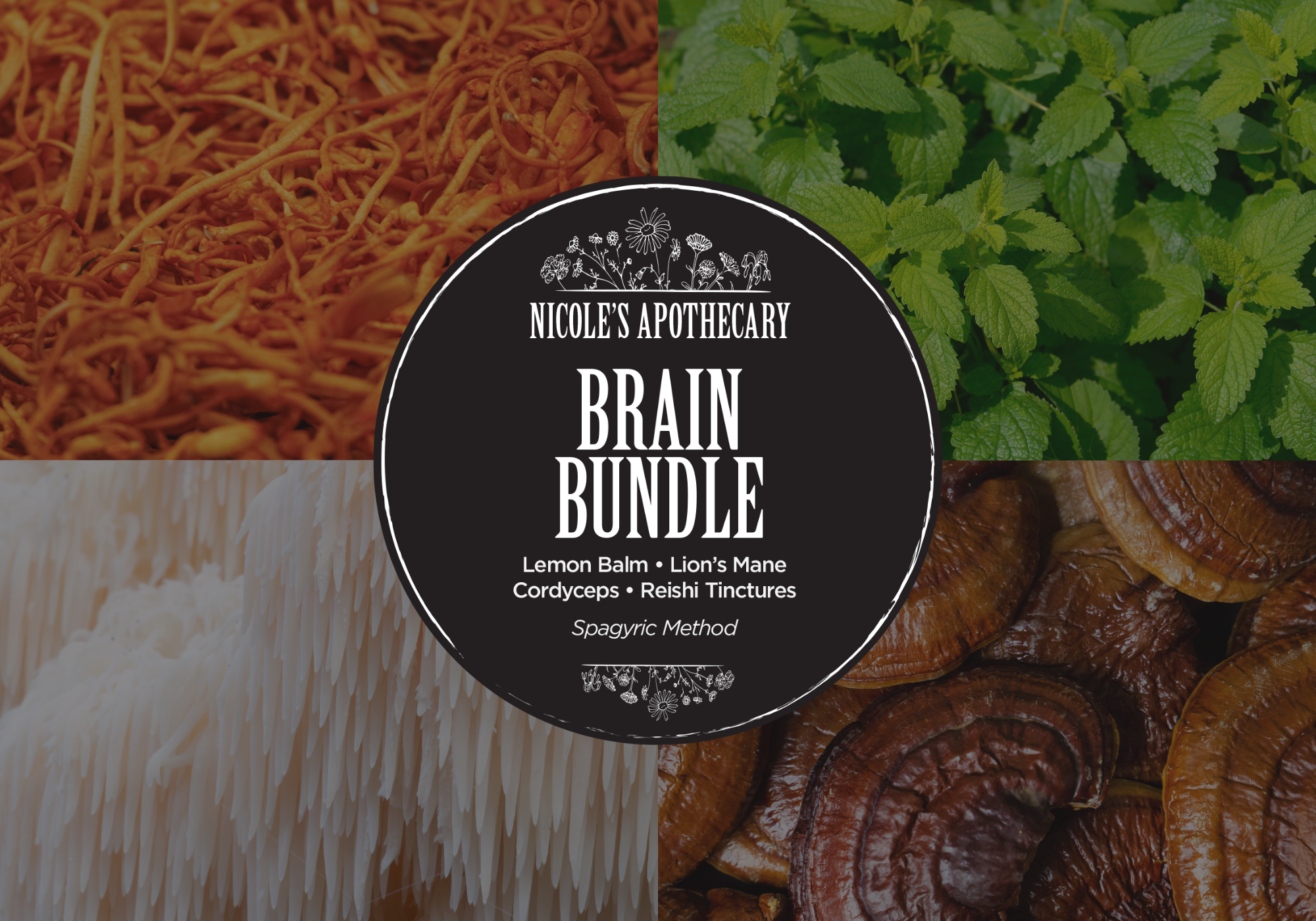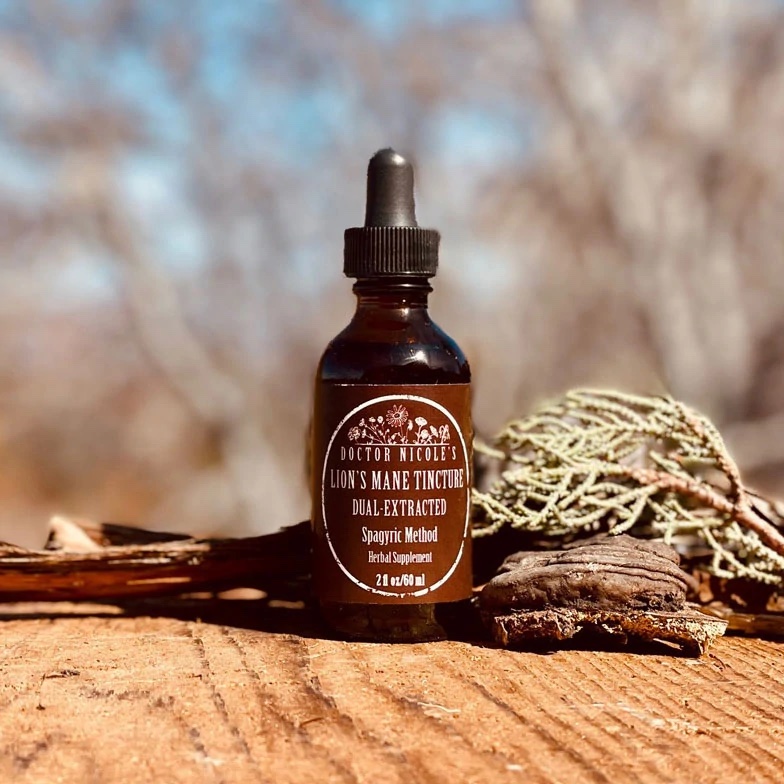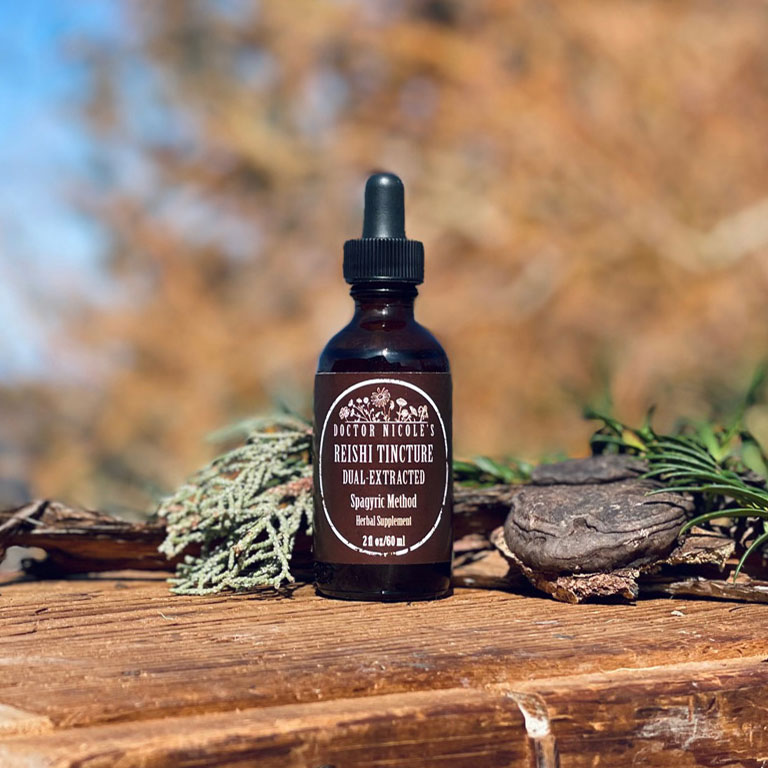Alzheimer’s and Dementia: More Common Than You May Think
With nearly 50 million people worldwide suffering from dementia and close to 10 million new diagnoses per year, it is one of the top causes of disability among the aging population and the fifth leading cause of death. Alzheimer’s disease (AD) is the most common form and is associated with around two-thirds of cases.1
This is why researchers have raced against the clock to find the root cause and effective treatments. While we are far from a cure for the disease, clues about why it develops can help prevent dementia from arising and slow its progression. One area that has sparked intense interest among scientists in recent years is the link between iron toxicity and dementia.
The Problem With Anti-Amyloid Therapies
Characterized by chronic inflammation, oxidative stress, neurofibrillary tangles (NFTs), amyloid-β peptide plaques, and the destruction of neurons and synapses, scientists have largely approached Alzheimer’s through anti-amyloid-β therapies in the hope of modifying the progression of the disease.2 However, the results have been discouraging with several dozen phase 3 trials failing to show significant improvement.3 Moreover, researchers have solidly established that amyloid-β is often present in healthy older brains.4 Because of this, scientists have turned their attention to a different area of study for a possible underlying cause of the disease: excessive iron in the brain.

Iron and Oxidative Stress: A Possible Cause of Dementia?
An essential mineral for a wide range of physiological functions, iron is crucial for metabolic processes, red blood cell formation, synthesis of neurotransmitters, and normal brain functioning. But when there is a toxic overload of the mineral, it can cause “…neurodegeneration by disrupting mitochondrial function, depleting ATP, and inducing oxidative damage and chronic inflammation, resulting in damage to lipids, proteins, and DNA. Cognition, motor function, dopamine-related functions, and myelinogenesis are commonly affected in CNS iron dysregulation [as well].”5
Elevated brain iron in those with AD was discovered in 1953. Since that time, it has been confirmed in numerous studies both in vivo and post-mortem. Iron and ferritin have also been found within NFTs, plagues, and blood vessels of those with AD.6 However, excessive iron associated with AD is located in specific regions of the brain that seem to account for neurotoxicity, namely the cortex and hippocampus.7,8,9
Likewise, a recent 2023 study published in Annals of Neurology established that iron toxicity in the brain triggered ferroptosis, a type of cell death that leads to the destruction of microglia cells.10 These cells play an important role in the brain’s immune function by removing cellular waste — and when damaged, contribute to AD and vascular dementia. The team found this process caused a cascade of neural decay that was caused by the breakdown of myelin, a protective coating of the nerve fibers in the brain. When myelin is damaged, microglia cells are set into motion to clean up the waste.
But when these microglia cells are destroyed through the elimination process of iron-saturated myelin, it causes a form of cell death called ferroptosis — which has been linked to the development of dementia. Dr. Amarish Davé, medical director of the Mercy Health Memory Clinic in Woodstock, IL, who was not involved in the study, makes several key points about the research in, Too much iron in brain cells may contribute to Alzheimer’s and dementia:11
“If iron toxicity is responsible for cell death and negative impact, myelin repair targeted therapies of this pathway could impact how we treat Alzheimer’s and vascular dementia. Iron toxicity in the brain is well known and typically from genetic dysfunction. This paper identifies potential iron toxicity from cell death and the debris that accumulates.” He adds, “This research opens up the possibility of novel pathophysiologic targets to treat dementia and also enhance recovery if myelin can be repaired.”
It is important to note that multiple sclerosis is also a demyelinating disease, although the mechanism of injury is different from dementia and AD. But Davé points out that “This research may shed further light on new pathophysiologic treatment targets to help repair plaque in multiple sclerosis.”
Conventional treatment for iron toxicity has shown promise in addressing the progression of AD. A placebo-controlled phase II clinical trial found that 125 mg intramuscular deferoxamine twice per day, five times a week “slowed cognitive decline in subjects with AD by 50% over a 24-month period.”5,12
For those concerned about dementia and AD, natural remedies are also helpful for prevention, improving cognitive function, and repairing the damage of demyelinating diseases. Keep reading for several outstanding options below.
Boost Brain Health Naturally: Herbal Medicines for Enhanced Cognitive Function
Our Brain Bundle contains a collection of powerful herbal remedies that enhance brain health. This bundle includes dual-extracted, fruiting body tinctures of Cordyceps, Lion’s Mane, and Reishi medicinal mushrooms, plus our Lemon Balm tincture.
These 3 mushrooms have unique, research-backed benefits that include: lowering neuroinflammation, stimulating Nerve Growth Factor (NGF), boosting cognitive function, limiting neuronal cell death, enhancing memory, calming stress, combating fatigue, and boosting energy.
Importantly, studies have shown that medicinal mushrooms such as lion’s mane and reishi “may play an important role in the prevention of many age-associated neurological dysfunctions, including Alzheimer’s and Parkinson’s diseases.”13
Lemon Balm is associated with improvements in memory, mood, and age-related cognitive performance, a reduction in stress and anxiety, and improved clarity and focus. It is an antioxidant, helping to protect nerves. Lemon Balm also inhibits the brain’s levels of acetylcholinesterase (AChE), an enzyme that helps break down acetylcholine (Ach), a critical neurotransmitter involved in cognition and memory; reduced levels of acetylcholine have been associated with dementia, Parkinson’s, and Alzheimer’s.
ADHD, STRESS, AND MEMORY HELP — PLUS, NO MORE BRAIN FOG!!!
“Wow! The Lemon Balm really helps my ADHD so I can focus. It has also made a big difference in my memory and stress levels. I use the entire Brain Bundle and the Lion’s Mane, Turkey Tail and Cordyceps have also been huge game-changers for me. My energy is better and I have less brain fog. Thank you!” -Martha R.
Interested in learning more about how these potent extracts can protect and promote brain health? Stop by my apothecary today!
Nicole Apelian
Nicole’s Apothecary Products in this Post
References
- World Health Organization. Global, regional, and national burden of Alzheimer’s disease and other dementias, 1990-2016: a systematic analysis for the Global Burden of Disease Study 2016. Lancet Neurol 2019;18:88-106.
- Hardy JA, Higgins GA. Alzheimer’s disease: the amyloid cascade hypothesis. Science (New York, NY). 1992;256:184-5.
- Long JM, Holtzman DM. Alzheimer disease: an update on pathobiology and treatment strategies. Cell. 2019;179:312-39.
- Driscoll, I., & Troncoso, J. (2011). Asymptomatic Alzheimer’s disease: a prodrome or a state of resilience?. Current Alzheimer research, 8(4), 330–335. https://doi.org/10.2174/156720511795745348
- Gleason, A., Bush, A.I. Iron and Ferroptosis as Therapeutic Targets in Alzheimer’s Disease. Neurotherapeutics 18, 252–264 (2021). https://doi.org/10.1007/s13311-020-00954-y
- Smith MA, Harris PL, Sayre LM, Perry G. Iron accumulation in Alzheimer disease is a source of redox-generated free radicals. Proc Natl Acad Sci U S A 1997;94:9866-8.
- Mezzaroba L, Alfieri DF, Colado Simao AN, Vissoci Reiche EM. The role of zinc, copper, manganese and iron in neurodegenerative diseases. Neurotoxicology. 2019;74:230-41.
- Duce JA, Tsatsanis A, Cater MA, James SA, Robb E, Wikhe K, et al. Iron-export ferroxidase activity of beta-amyloid precursor protein is inhibited by zinc in Alzheimer’s disease. Cell. 2010;142:857-67.
- Smith MA, Harris PL, Sayre LM, Perry G. Iron accumulation in Alzheimer disease is a source of redox-generated free radicals. Proc Natl Acad Sci U S A 1997;94:9866-8.
- Adeniyi, P. A., Gong, X., MacGregor, E., Degener-O’Brien, K., McClendon, E., Garcia, M., Romero, O., Russell, J., Srivastava, T., Miller, J., Keene, C. D., & Back, S. A. (2023). Ferroptosis of Microglia in Aging Human White Matter Injury. Annals of neurology, 94(6), 1048–1066. https://doi.org/10.1002/ana.26770
- “Too much iron in brain cells may contribute to Alzheimer’s and dementia” by Paul Ian Cross, PhD — Fact checked by Sarah Myers, PharmD — Updated on September 13, 2023, Medical News Daily, https://www.medicalnewstoday.com/articles/too-much-iron-in-cells-may-contribute-to-alzheimers-vascular-dementia
- Crapper McLachlan DR, Dalton AJ, Kruck TP, Bell MY, Smith WL, Kalow W, et al. Intramuscular desferrioxamine in patients with Alzheimer’s disease. Lancet. 1991;337:1304-8.
- Phan, C. W., David, P., Naidu, M., Wong, K. H., & Sabaratnam, V. (2014). Therapeutic potential of culinary-medicinal mushrooms for the management of neurodegenerative diseases: diversity, metabolite, and mechanism. Critical Reviews in Biotechnology, 35(3), 355–368. https://doi.org/10.3109/07388551.2014.887649











